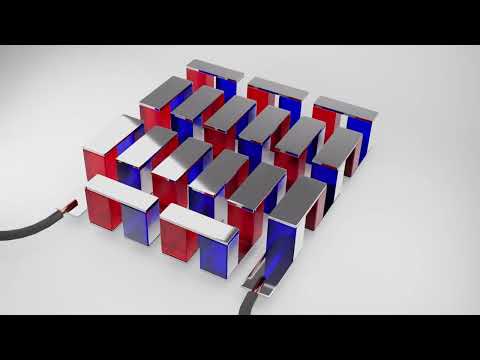| IN BRIEF |
|
Recent technological advancements have paved the way for innovations that transform how we generate and use energy. Among these, organic photothermal cocrystals stand out for their ability to enhance the efficiency of thermoelectric solar generators. This new class of materials could revolutionize the field of portable electronics and long-distance signal transmission.
An Exceptional Photothermal Performance
Organic photothermal cocrystals, developed by a team of researchers from Nanchang, Soochow, and Nanjing universities in China, have demonstrated impressive capabilities in light-to-heat conversion. The CBC cocrystal, composed of coronene and Br₂NDA, can reach a temperature of 86 degrees Celsius in seconds when exposed to near-infrared light at 808 nanometers.
This remarkable performance is highlighted by a photothermal conversion efficiency of 67.2%, outpacing many previously reported organic materials. Sophisticated analyses, including X-ray diffraction and solid-state nuclear magnetic resonance, have revealed strong charge transfer interactions between the cocrystal components. This enables the cocrystal to absorb light across a broad spectrum, with nearly complete quenching of photoluminescence, indicating highly efficient non-radiative energy transitions.
Promising Potential Applications
The potential applications of the CBC cocrystal are vast and varied. Researchers have tested integrating CBC into a transparent resin, creating a photothermal ink applied to a thermoelectric generator. Under simulated solar irradiation equivalent to two suns, the generator reached a temperature of 70.3 degrees Celsius and produced a voltage of 209 mV, a remarkable 375% increase compared to an uncoated generator.
Additionally, the cocrystal has shown promise in light-based communication. By modulating the intensity and duration of a laser beam, researchers could send coded signals, such as Morse code, using near-infrared light. This opens possibilities for contactless data transmission systems, portable encryption systems, and adaptive electronic devices.
A Bright Future for Next-Generation Energy Systems
The simplicity of the synthesis process and the outstanding thermal and electronic performance of CBC cocrystals provide a scalable and cost-effective path for integrating organic materials into next-generation thermoelectric solar systems. As the demand for autonomous, portable, and smart energy systems continues to grow, these cocrystals could play a crucial role in transforming light into energy and energy into possibilities.
With potential applications in portable devices and signal transmission, this promising technology could not only meet growing energy needs but also stimulate innovation across various sectors. The research has been published in the journal National Science Review, underscoring the significance of these advancements for the future of energy technologies.
The Crucial Role of Photothermal Cocrystals
Photothermal cocrystals, such as the CBC, represent a significant advancement in materials science due to their ability to efficiently convert light into heat while maintaining remarkable thermal stability. These properties make them ideal for applications in demanding environments where reliability and energy efficiency are paramount.
Researchers believe that these cocrystals could play a vital role in the transition to sustainable energy systems. Their potential for large-scale applications could transform our approach to energy production and consumption. What other innovations might emerge from these promising technological developments?








